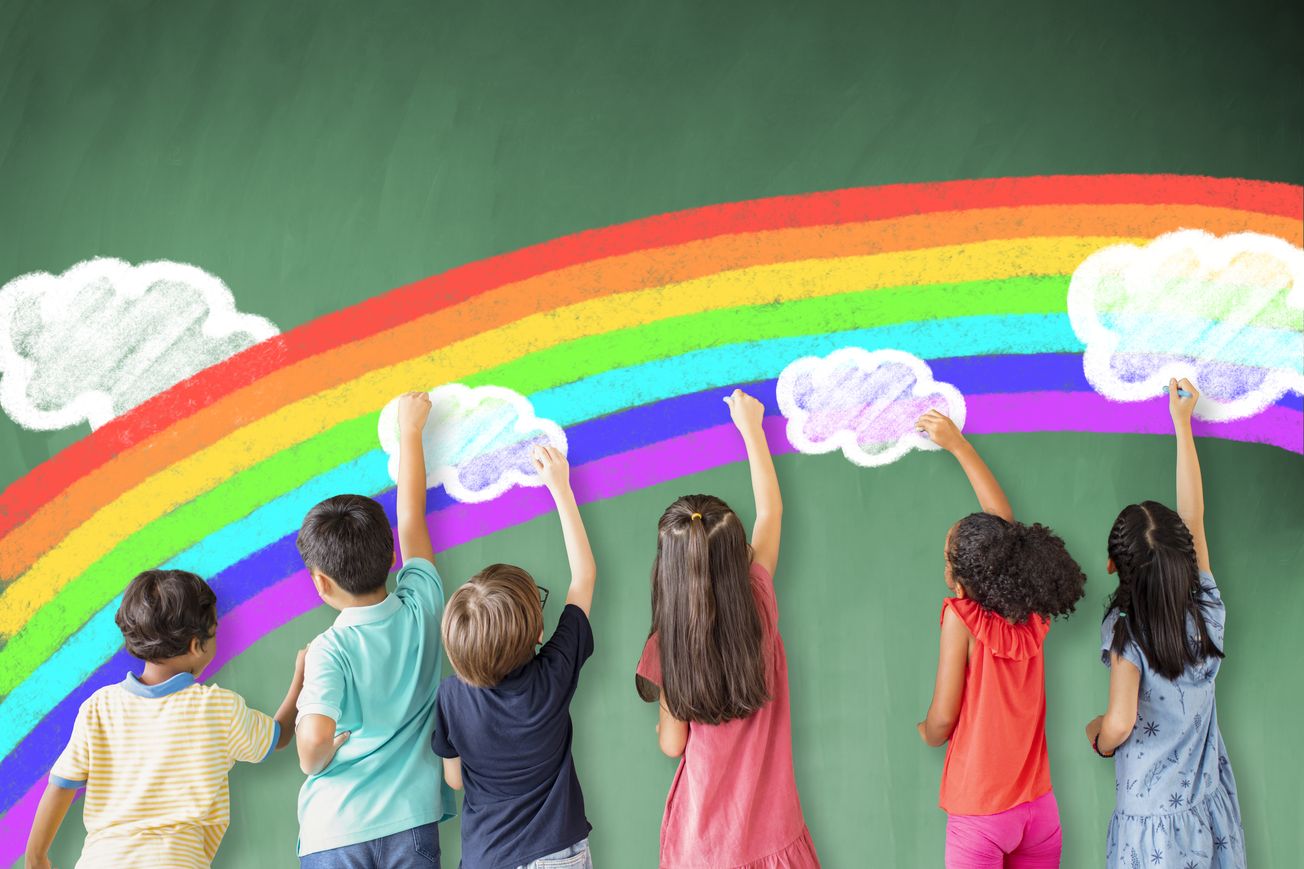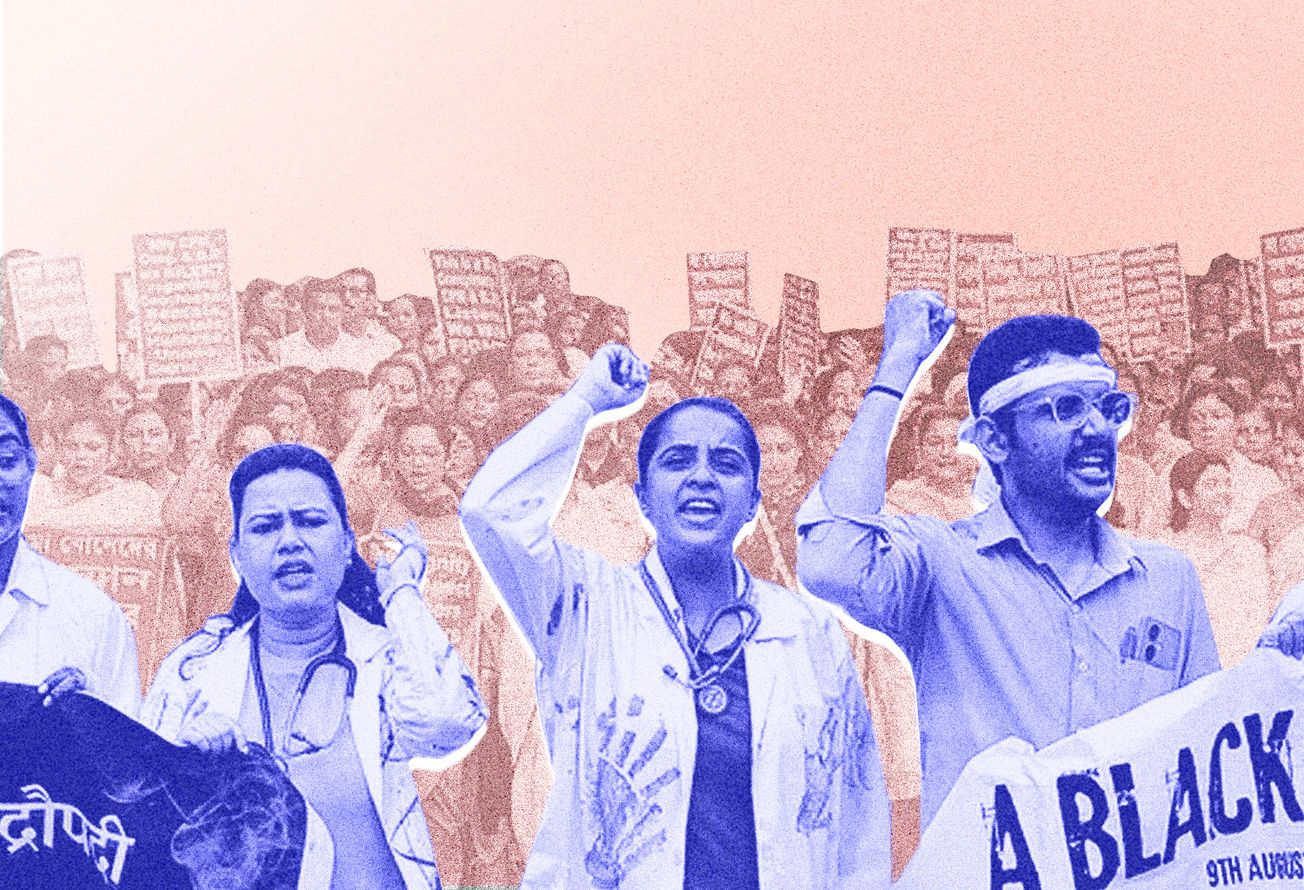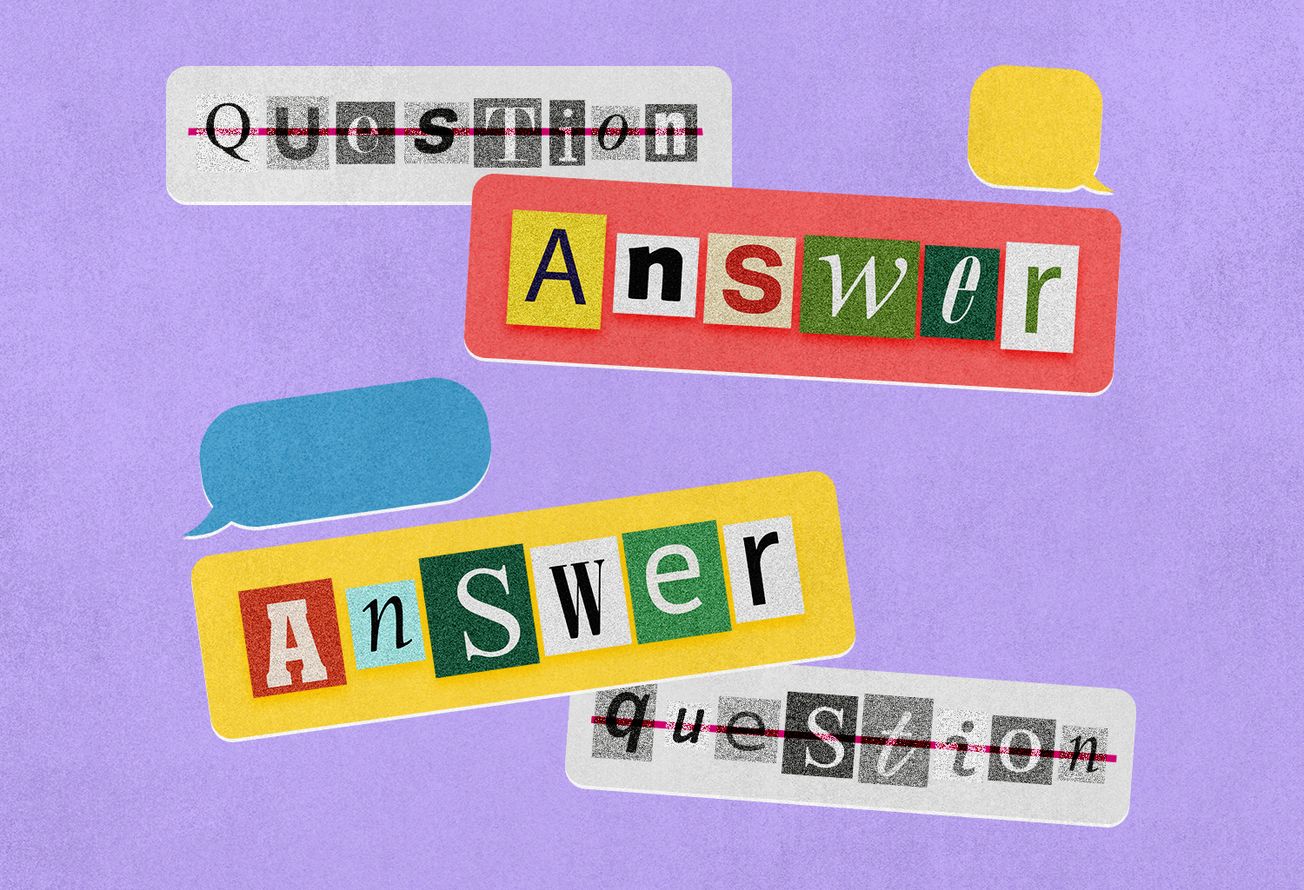To say that teaching about queerness is an aberration is to stigmatise queer identities. The belief that queerness is harmful is queerphobia. You may not be queer, but many of us are. Your children or those in your family can also be queer. It’s best to get used to it. The danger linked to queerness comes from queerphobia, not from teaching children about queerness. Therefore, imagining that learning about queerness will do them harm is, in itself, harmful.
Some imagine teaching children about sexuality makes them sexually active earlier and learning about queerness “makes children queer”. But studies have shown that comprehensive sex-education delays the onset of sexual activity among young people and reduces teenage pregnancy. And you don’t make children queer. Some children are queer. And they should have information about queerness, so they don’t feel isolated and are aware of their rights.
Children are curious about and exposed to ideas about gender and sexuality very early. At around two-years-old children start understanding gender divisions. By the time they are four or five, they become more aware of gender expectations. They are regularly indoctrinated and socialised into notions of heteronormativity through varied access to the internet and media. The gender binary is often reinforced in these environments by promoting heteronormative behaviours. Students are taught to limit themselves to the binary and what is encouraged in the process is stigma and violence against non-normative identities.
It is a myth that heteronormative models of education are somehow better or safer for children since they are already perpetuating the hypersexualisation of girls, stalking, and other behaviours that reinforce rape culture. Learning about LGBT issues and gender in ways that don’t reinforce these beliefs is not harmful. It’s quite the opposite!
Attempts toward an inclusive curriculum have faced heavy scrutiny for apparently “traumatising students”. In the US, the conservative backlash manifests as book bans and state censorship intended to control young minds. These responses stem from an understanding of childhood as a time of mythical innocence, a notion rooted in a religious orthodoxy that is not just flawed but also harmful.
Progressive curriculums are being promoted in some countries where conversations around sexuality are less taboo and queer expression is more accepted. For example, Scotland, adopted LGBT inclusive education in 2021 and became the first country to do so. The curriculum proposes a toolkit of teaching resources, an awareness module for staff, and an LGBT-inclusive syllabus.
There have been some favourable conversations in India as well. In 2021, the Madras High Court suggested changes in the curriculum, including sensitising parents and appointing queer-positive counsellors. The Kerala High Court flagged medical textbooks that described non-binary gender identities as “mental disorders” and directed the state to be cognizant of these errors.
However, an NCERT manual proposing changes to the school curriculum in favour of inclusivity for transgender or gender non-conforming children faced backlash and was ultimately taken down. The manual, released in 2021, proposed gender-neutral toilets and uniforms and introduced teachers to important terminologies like sexual orientation, gender incongruence, dysphoria, gender affirmation and such.
In the absence of sensitisation, teachers often resort to punishing gender-atypical behaviour in order to correct it. The impact of these practices manifests in peer groups that can often be discriminatory and violent. A UNESCO survey among sexual/gender minority youth in Tamil Nadu found that more than two-third (67%) of gender nonconfirming youth are bullied in classroom.
Teacher education programmes aim to prepare teachers for diverse learners, but somehow leave out the LGBTQ questioning from its focus. Educators should work towards creating safe spaces and in the process, transform their identities in terms of providing and creating more equitable and humane classrooms and schools. Lesson plans based on family diversity, gender stereotypes, and the harmful effects of bullying could be the stepping stones. By addressing issues at this stage about hurtful language and actions, schools can become a more welcoming place.
A curriculum that teaches LGBT children about themselves can add value to students’ perceptions and world views. It is a foundational step in encouraging children to disengage from the rigid and oppressive gender binary. By adopting inclusivity, schools can become safer and more equitable. These practices can eradicate ignorance around gender and sensitise teachers who, in turn, can assist their students.
Queering Education — LGBTQIA+ — Queer — Transgender — Child Rights — Sex Education — Education — Gender Binary — Gender — Heteronormativity — Heterosexuality
What to Say to People Who Say Teaching Children about Queerness Is Harmful?
To say that teaching about queerness is an aberration is to stigmatise queer identities. The belief that queerness is harmful is queerphobia. You may not be queer, but many of us are. Your children or those in your family can also be queer. It’s best to get used to it.






